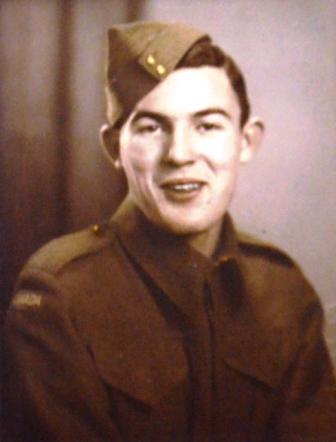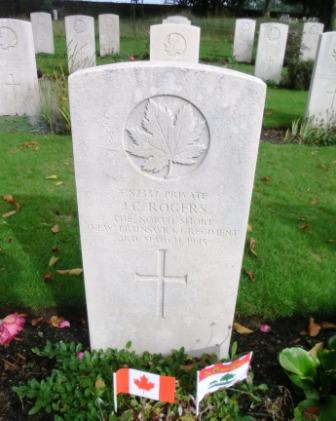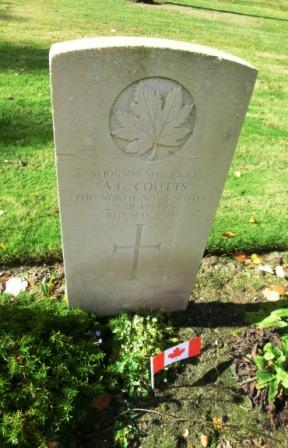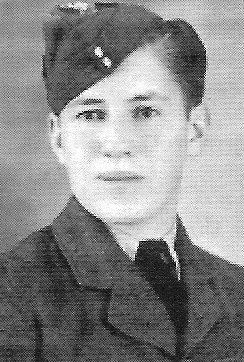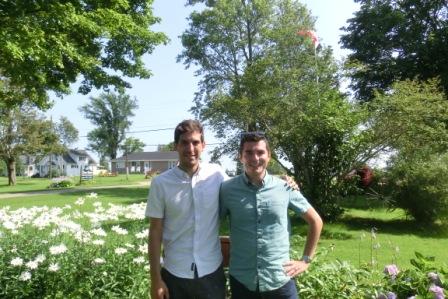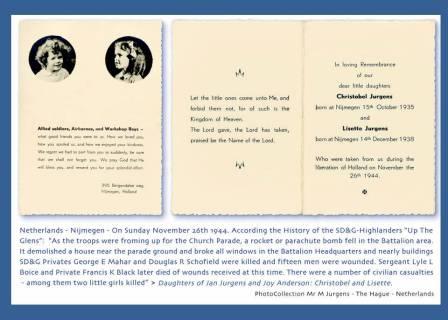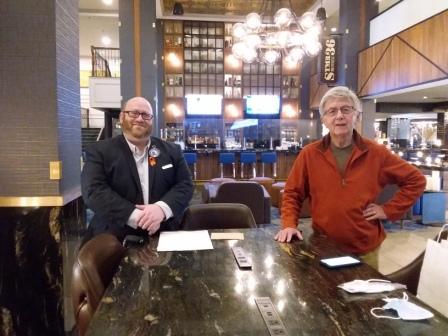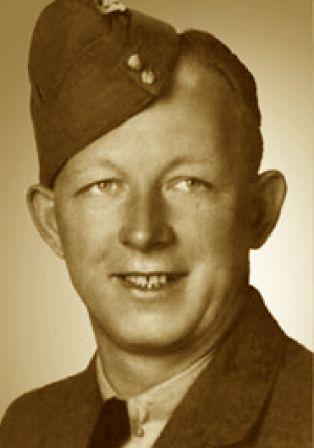August 29, 2021. After reading about the 7 Indigenous soldiers buried at the Canadian War Cemetery in Adegem, Belgium, Edwin van der Wolf, a volunteer researcher at the Canadian War Cemetery in Holten, The Netherlands contacted Pieter. (See https://bordencarletonresearchproject.wordpress.com/2021/08/18/on-the-war-memorial-trail-7-indigenous-soldiers-buried-in-adegem-canadian-war-cemetery/)
In a translation from the original Dutch, Edwin wrote that “…On your interesting blog I read about the 7 First Nations, who are buried in the Canadian cemetery in Adegem, Belgium.
At the Canadian War Cemetery in Holten I also happen to have about 13 First Nations and three Métis, who are buried with us, as a focus area.….”
Two of the Indigenous soldiers buried in Holten have been featured on this blog:
- William ‘Willie’ DANIELS (See https://bordencarletonresearchproject.wordpress.com/2021/07/23/on-the-war-memorial-trail-remembering-ww2-soldier-william-willie-daniels/
- Leo Francis TONEY (See https://bordencarletonresearchproject.wordpress.com/2021/05/22/on-the-war-memorial-trail-remembering-ww2-soldier-leo-francis-toney/)

Edwin van der Wolf by the grave of Allan Trelford in the Canadian War Cemetery in Adegem. (Photo courtesy Edwin van der Wolf)
Edwin went on to say “…In addition, I am also involved in the Canadian War Cemetery in Adegem, where 38 fallen / killed soldiers of the Canadian Scottish Regiment are buried and of which I have also adopted two with my son….” Edwin has done extensive research into the Canadian Scottish Regiment and last year began a website on them. (See https://bordencarletonresearchproject.wordpress.com/2020/05/04/new-website-on-canadian-scottish-regiment-during-ww2/)

On May 12, 2018, Edwin van der Wolf received his certificate for adopting the grave of Allan Homer Trelford. (Photo courtesy Edwin van der Wolf)
Edwin adopted the grave of Allan Homer TRELFORD, son of Homer A. and Eleanora Jane Trelford, of Toronto, Ontario and husband of Mildred Verna Trelford, of Toronto, who died on October 18, 1944 at the age of 23.
On May 11, 2019, Edwin’s son Breyten adopted the grave of Joseph H. PALLISTER, son of Guy and Evelyn M. Pallister, of Turner Valley, Alberta, who died on October 6, 1944 at the age of 21.

The adoption certificate issued to Breyten van der Wolf. (Photo courtesy Edwin van der Wolf)
I asked Edwin what was involved in adopting a grave, since the upkeep of the graves and cemeteries for our Canadian war dead is the responsibility of the Commonwealth War Graves Commission. My guess was that it involved visiting the grave and perhaps being in contact with family members back in Canada. Edwin confirmed this and went on to explain that “...You are supposed to lay flowers at the adopted grave now and then and I also ask my Belgian contact person there to do so for me sometimes. There can also be contact with family members….”
Pieter and I have been to several cemeteries in Europe and in many of the smaller ones we were the only visitors in a long while, according to the visitors log book. So, the adoption of graves is a great idea.

Edwin explained that, unlike in The Netherlands, “…If you adopt a grave at the Adegem Canadian War Cemetery you receive a certificate of this adoption during a yearly ceremony in May…” The Dutch War Graves Commission no longer issues certificates, “…not since the 1960s...”
Thank you to Edwin van der Wolf for sharing photos and information about the grave adoption at the Canadian War Cemetery in Adegem. If you have information to share about Canadian soldiers, please contact Pieter at memorialtrail@gmail.com, comment on the blog, or send a tweet to @researchmemori1.
© Daria Valkenburg
….Want to follow our research?….
If you are reading this posting, but aren’t following our research, you are welcome to do so. Our blog address: https://onthewarmemorialtrail.com/
 4 countries, 6 weeks, 7,000 km – an unforgettable war memorial journey in Europe…. Daria’s book ‘No Soldier Buried Overseas Should Ever Be Forgotten‘ is available in print and e-book formats. Net proceeds of book sales help support research costs and the cost of maintaining this blog. For more information see https://nosoldierforgotten.com/
4 countries, 6 weeks, 7,000 km – an unforgettable war memorial journey in Europe…. Daria’s book ‘No Soldier Buried Overseas Should Ever Be Forgotten‘ is available in print and e-book formats. Net proceeds of book sales help support research costs and the cost of maintaining this blog. For more information see https://nosoldierforgotten.com/

You are also invited to subscribe to our YouTube Channel: On The War Memorial Trail With Pieter Valkenburg: https://www.youtube.com/channel/UCJ591TyjSheOR-Cb_Gs_5Kw.
Never miss a posting! Subscribe below to have each new story from the war memorial trail delivered to your inbox.
